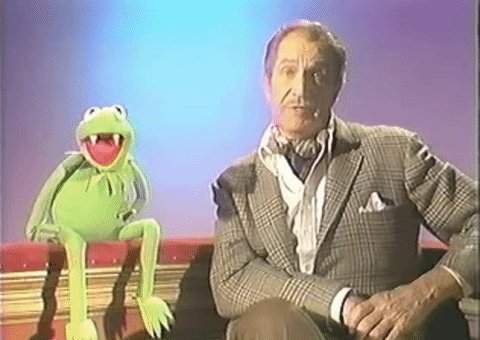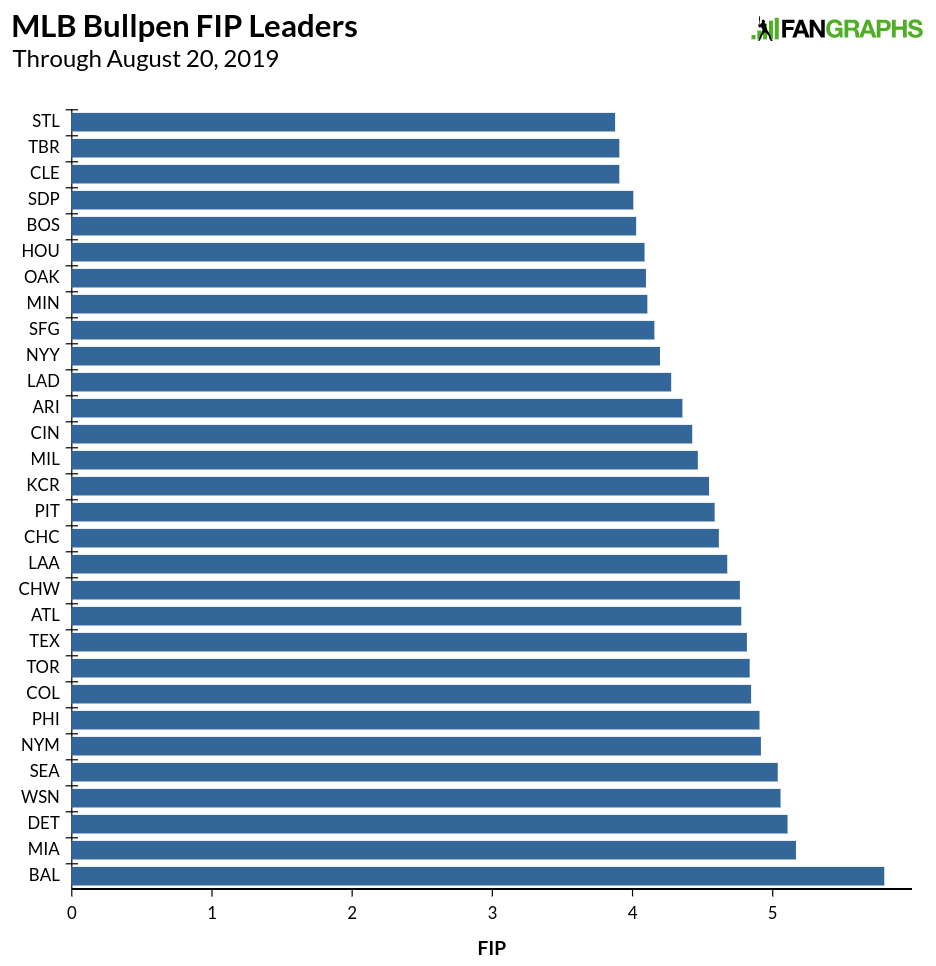The Twins’ Latest Hitting Machine
Once upon a time, it was not uncommon to see a batter’s walk rate sitting higher than his strikeout rate. In the early 90s, more than a quarter of qualified batters had a walk rate higher than their strikeout rate. That number has slowly dwindled as strikeout rates have skyrocketed. This season, just two qualified batters have taken a stroll to first more often than a stroll back to the dugout: Alex Bregman and Carlos Santana. If we lower the plate appearance threshold, another batter joins this interesting group of players: Luis Arraez.
Arráez doesn’t hit for power like Bregman and Santana, he simply makes a ton of contact. His 91.9% contact rate leads the majors, just ahead of contact maestro David Fletcher. There’s nothing inherently more valuable about running a walk rate higher than your strikeout rate — there are plenty of players who thrive with a walk-to-strikeout ratio much lower than one — but Arráez’s batting style is a rare sight in today’s era of three true outcomes. His ability to draw a walk does make him stand out against some of the other batters with an aggressive, high-contact approach like Fletcher or Willians Astudillo. The combination of elite bat control with a discerning eye has helped him post the fifth-highest OBP among all batters with at least 200 plate appearances.
Arráez was signed out of Venezuela as a 16-year-old international free agent back in 2013. His ability to consistently put wood on the ball helped him rise quickly through the Twins organization. He peaked as the No. 12 prospect in their system this past offseason, but his lack of power limited his potential ceiling. Still, that didn’t hold him back from posting a minor league slash line of .331/.385/.414. His hit tool is equal parts natural ability and dedication to his craft. Back in June, he spoke with Mariana Guzman of Twins Daily about his pre-game routine: Read the rest of this entry »



 Jay Jaffe
Jay Jaffe



